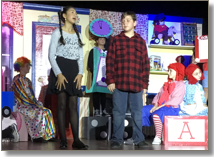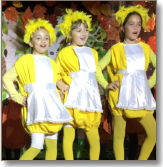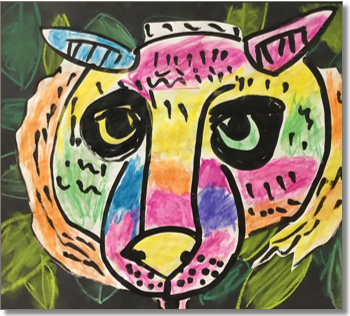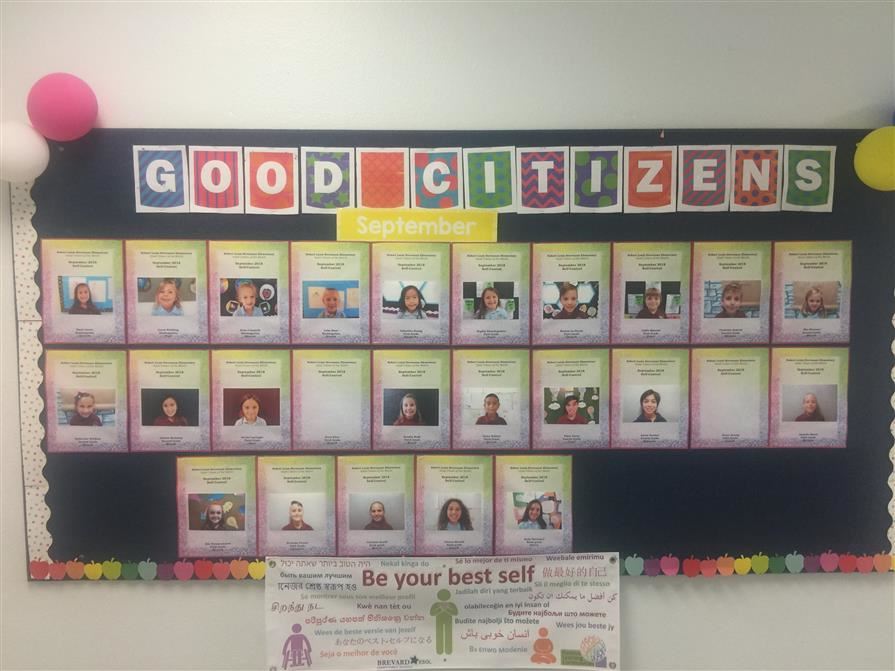There’s no doubt that the arts are fun for kids! Diving into the tempura paints and making a beautiful picture to hang on the walls of our halls or on the fridge at home can be pretty “awesome.”
Acting in a play is exhilarating. Being a part of a dance ensemble can teach a child valuable lessons about working as a group. But the arts also help students develop on many other fundamental levels.
At Stevenson our Arts Program includes dance, drama, chorus, band, orchestra, visual arts, graphic arts, as well as technology integration with the arts. Research has proven that an arts program allows students to learn and develop important characteristics they will need as adults.
Creativity - This may seem like a no-brainer, but the arts allow students to express themselves better than math or science. As the Washington Post says: In an arts program, your child will be asked to recite a monologue in six different ways, create a painting that represents a memory, or compose a new rhythm to enhance a piece of music. If children have practice thinking creatively, it will come naturally to them now and in their future career.






